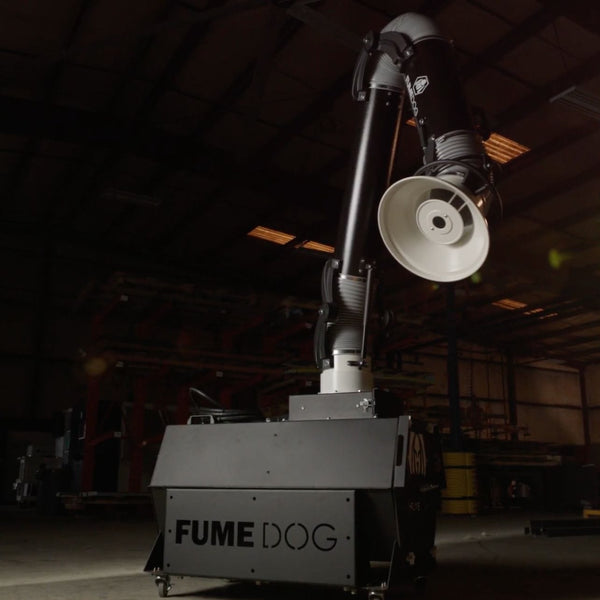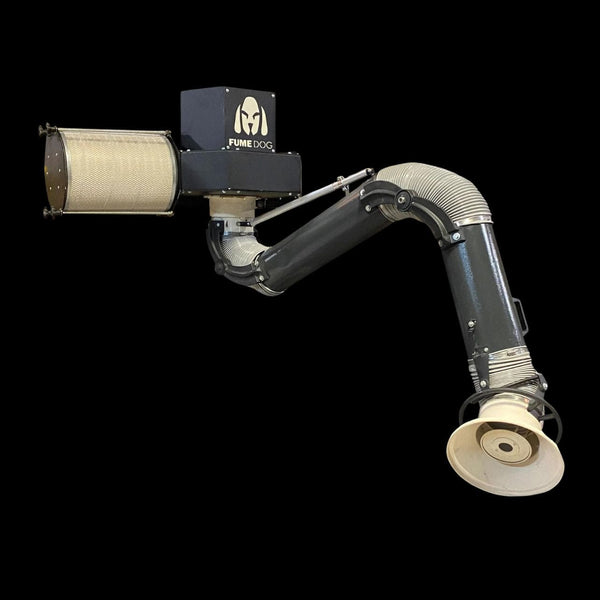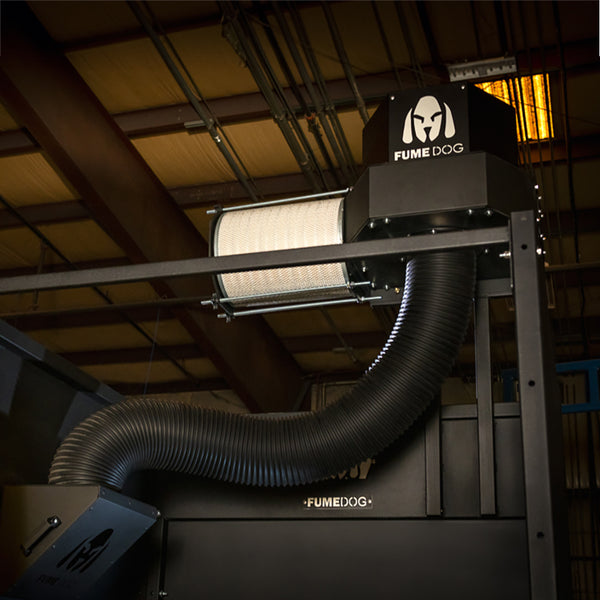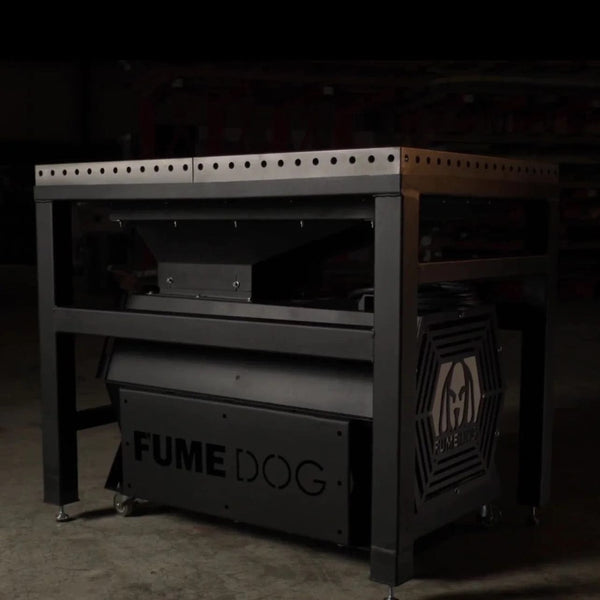
Selecting the right welding helmet is one of the most critical decisions you'll make for your welding setup. A quality welding helmet doesn't just protect your eyes and face from the intense welding arc—it can dramatically improve your work quality, comfort, and long-term health. With modern welding helmets offering everything from auto darkening technology to variable shade options, knowing how to choose a welding helmet that fits your specific needs can feel overwhelming.
Whether you're just starting out or looking to upgrade your current gear, this comprehensive guide will walk you through everything you need to know to make an informed decision about the best welding helmet for your projects.
TL;DR
• Choose your helmet type first: Auto darkening helmets offer convenience and efficiency, while fixed shade options provide reliable, budget-friendly protection
• Match your helmet to your welding process: MIG, TIG, and stick welding each have specific requirements for viewing area, shade levels, and response times
• Consider your work environment: Indoor vs outdoor, confined spaces, and integration with other safety equipment all impact the best helmet choice
• Balance features with budget: Invest in the features you'll actually use rather than the most expensive option available
Complete Your Welding Safety Setup with Fume Dog
While choosing the right welding helmet is essential for protecting your eyes and face, complete welding safety requires attention to respiratory protection as well. At Fume Dog, we understand that professional welders need reliable equipment they can count on day after day.
Ready to upgrade your welding safety gear? Explore our welding helmet and discover why more welders are choosing Fume Dog for their critical safety equipment.
Understanding Different Types of Welding Helmets
When learning how to choose a welding helmet, your first decision is between the two main categories: auto darkening helmets and fixed shade options. Each type has distinct advantages depending on your welding process and experience level.
Auto Darkening Helmets vs Fixed Shade Options
Auto darkening welding helmet technology has revolutionized the welding industry. These helmets feature auto darkening lenses that automatically adjust when they detect a welding arc, switching from a light state (typically shade 3-4) to a dark protective state in milliseconds. This eliminates the need to constantly flip your helmet up and down, improving both efficiency and safety.
Fixed shade helmets, on the other hand, use a fixed shade lens that maintains the same darkness level throughout your work. While they're typically more affordable, they require you to position your work and helmet before striking an arc, as you can't see through the dark lens beforehand.
Modern Welding Helmets and Their Features
Today's modern welding helmets come packed with features that would have seemed like science fiction just a few decades ago. Auto darkening features can include adjustable sensitivity controls, delay settings, and even grinding modes. Many helmets now offer large viewing areas, multiple arc sensors, and solar charging capabilities with backup battery power.
The best welding helmet for your needs will balance these features with your budget and specific welding requirements.
See Our Featured Products
Key Factors When Choosing the Right Welding Helmet
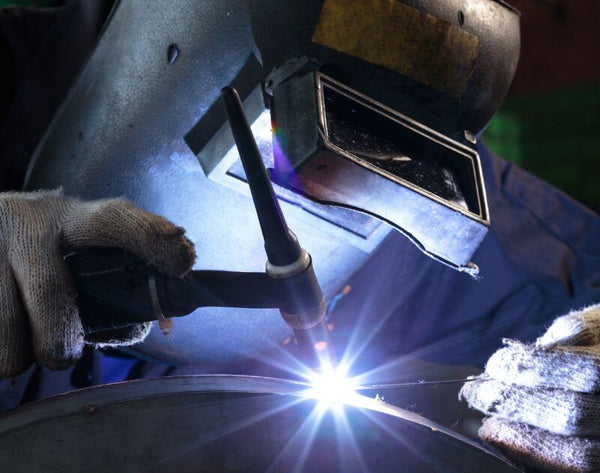
Matching Your Helmet to Your Welding Process
Different welding processes generate different types and intensities of light, making it crucial to choose a welding helmet that matches your primary welding method.
For MIG welding applications, you'll typically need a welding lens that can handle the consistent, bright arc that MIG produces. The same welding process requirements apply whether you're doing light fabrication or heavy industrial work.
TIG welding presents different challenges, as TIG welders often need to see the weld pool and filler material more clearly. The precise nature of TIG work benefits from helmets with larger viewing areas and faster switching speeds.
Stick welding tends to be more forgiving in terms of helmet requirements, but the spatter and varying arc characteristics mean you'll want a helmet with good coverage and durability.
Variable Shade vs Fixed Shade Lens Options
Variable shade technology allows you to adjust the darkness level of your auto darkening lenses based on your specific welding environment and amperage settings. This flexibility makes variable shade helmets ideal if you work with different welding processes or varying material thicknesses.
A fixed shade lens, while less versatile, can be perfectly adequate if you consistently work with the same welding process and similar amperages. Many professionals who specialize in one type of welding find fixed shade options reliable and cost-effective.
Auto Darkening Features and Technology
Modern auto darkening technology offers incredible precision and reliability. Look for helmets with multiple arc sensors (typically 2-4) to ensure consistent performance even when your head is tilted or when welding in tight spaces. Auto darkening features should include adjustable delay settings, which control how long the lens stays dark after the arc stops.
The response time of auto darkening lenses is measured in fractions of milliseconds. While all modern helmets meet safety standards, faster response times provide better eye comfort during extended welding sessions.
Best Welding Helmet Features for Different Applications
Stick Welding Requirements
Stick welding creates significant spatter and requires a helmet that can handle rough conditions. Look for helmets with durable outer shells and replaceable cover lenses. The viewing area doesn't need to be as large as other processes, but good coverage is essential to protect from spatter.
MIG Welding Considerations
MIG welding produces a consistent, bright arc that requires reliable auto darkening performance. Since MIG work often involves longer weld runs, comfort features like balanced weight distribution and good ventilation become important factors in your helmet selection.
TIG Welding Specifications
TIG work demands precision, making features like large viewing areas and crystal-clear optics essential. Many TIG welders prefer helmets with true color technology that doesn't distort the appearance of molten metal and weld pool characteristics.
Safety and Protection Considerations
Adequate Protection from Welding Arc
Your helmet's primary job is providing adequate protection from the intense UV and infrared radiation of the welding arc. All welding helmets must meet ANSI safety standards, but understanding shade numbers helps you choose the right level of protection for your work.
Shade levels typically range from 8-13, with higher numbers providing more protection. Most auto darkening helmets offer adjustable shade ranges, letting you fine-tune protection based on your specific welding environment.
Welding Environment and PPE Requirements
Your welding environment significantly impacts helmet selection. Outdoor work requires different considerations than shop welding, and confined spaces present unique challenges. Consider how your helmet integrates with other welding ppe, including respirators and hearing protection.
Speaking of welding environment safety, proper ventilation is just as critical as eye protection. Many welders don't realize how important it is to have effective ways to minimize exposure to welding fumes in their workspace.
For comprehensive welding safety, consider implementing simple tips for improving welding safety alongside your helmet selection.
Check Our Latest Products
How to Choose a Welding Helmet That Fits Your Budget
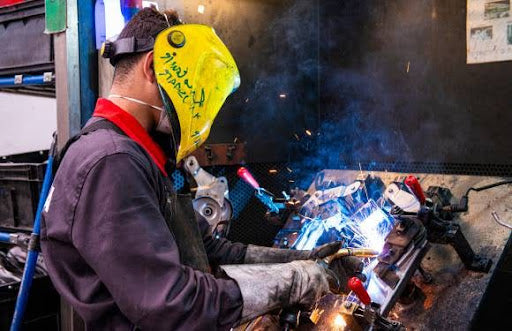
Price ranges for welding helmets vary dramatically, from basic fixed shade models under $50 to high-end auto darkening helmets exceeding $500. The key is matching features to your actual needs rather than buying the most expensive option available.
Consider your welding frequency, the variety of projects you tackle, and how long you plan to use the helmet. A weekend hobbyist might be perfectly satisfied with a basic auto darkening helmet, while a professional welder working 40+ hours per week will benefit from investing in premium features and durability.
Don't forget to factor in long-term costs like replacement lenses, batteries, and potential repair needs when making your decision.
Frequently Asked Questions
Does the same welding process always require the same helmet settings?
While the same welding process typically uses similar shade ranges, factors like material thickness, amperage settings, and welding environment can require adjustments to your auto darkening technology settings for optimal visibility and protection.
What role do TIG welders play in helmet selection?
TIG welders often require helmets with larger viewing areas and faster response times due to the precision needed to control the weld pool and filler material placement during the welding process.
How does welding ppe integration affect helmet choice?
Your helmet must work seamlessly with other welding ppe like respirators and ear protection. Some helmets offer better compatibility with breathing apparatus and communication systems than others.
Should I consider my welding environment when selecting auto darkening features?
Absolutely. Bright outdoor environments may require different sensitivity settings than indoor shops, and confined spaces might benefit from helmets with better peripheral vision and lighter weight designs.
How do I know if I need variable shade versus fixed shade options?
Variable shade makes sense if you work with different welding processes or frequently change amperage settings. If you primarily stick to one welding process with consistent settings, a fixed shade lens might be more economical.
What's the relationship between adequate protection and viewing area size?
Larger viewing areas don't compromise adequate protection as long as the helmet meets safety standards. However, bigger isn't always better—consider your specific work requirements and comfort preferences.
Choosing the Right Protection for Your Welding Applications
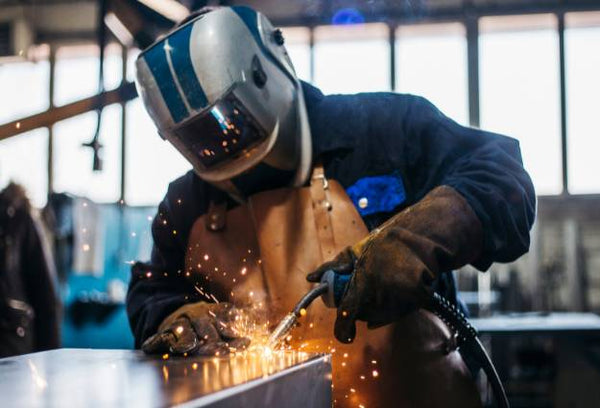
Price ranges for welding helmets vary dramatically, from basic fixed shade models under $50 to high-end auto darkening helmets exceeding $500. The key is matching features to your actual needs rather than buying the most expensive option available.
Consider your welding frequency, the variety of projects you tackle, and how long you plan to use the helmet. A weekend hobbyist might be perfectly satisfied with a basic auto darkening helmet, while a professional welder working 40+ hours per week will benefit from investing in premium features and durability.
Don't forget to factor in long-term costs like replacement lenses, batteries, and potential repair needs when making your decision.
Frequently Asked Questions
Does the same welding process always require the same helmet settings?
While the same welding process typically uses similar shade ranges, factors like material thickness, amperage settings, and welding environment can require adjustments to your auto darkening technology settings for optimal visibility and protection.
What role do TIG welders play in helmet selection?
TIG welders often require helmets with larger viewing areas and faster response times due to the precision needed to control the weld pool and filler material placement during the welding process.
How does welding ppe integration affect helmet choice?
Your helmet must work seamlessly with other welding ppe like respirators and ear protection. Some helmets offer better compatibility with breathing apparatus and communication systems than others.
Should I consider my welding environment when selecting auto darkening features?
Absolutely. Bright outdoor environments may require different sensitivity settings than indoor shops, and confined spaces might benefit from helmets with better peripheral vision and lighter weight designs.
How do I know if I need variable shade versus fixed shade options?
Variable shade makes sense if you work with different welding processes or frequently change amperage settings. If you primarily stick to one welding process with consistent settings, a fixed shade lens might be more economical.
What's the relationship between adequate protection and viewing area size?
Larger viewing areas don't compromise adequate protection as long as the helmet meets safety standards. However, bigger isn't always better—consider your specific work requirements and comfort preferences.
